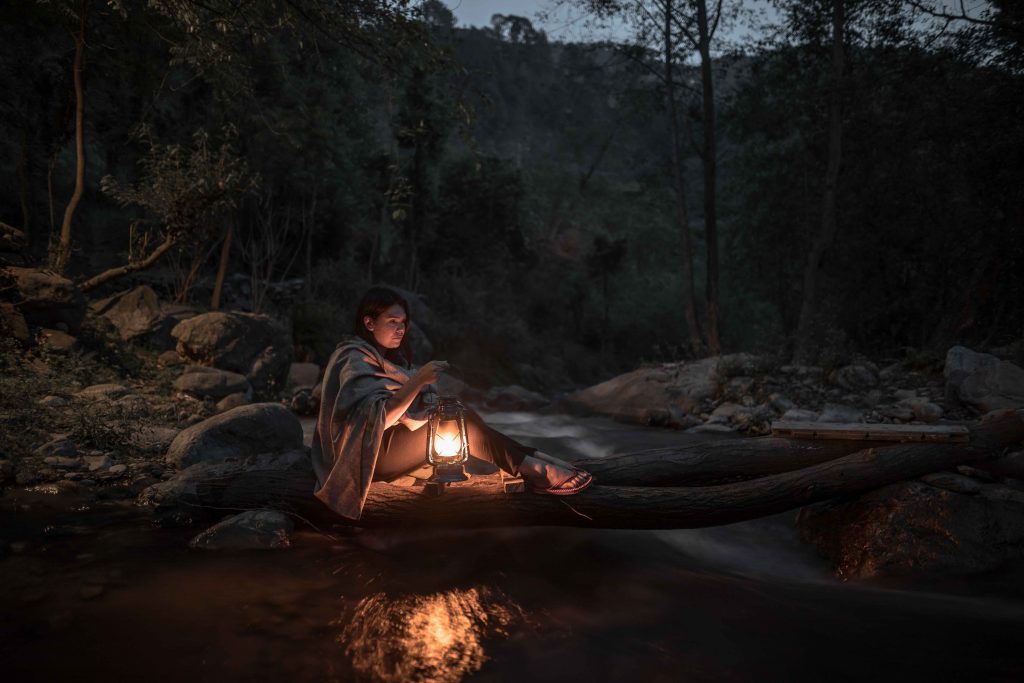Outside in the Woods of the World, my love – A Soulful Alternative to Positive Thinking
…
Outside in the woods of the world, my love,
an owl carries a vole as a pledge to its mate,
the petals of the wild apple tree speckle
the sand and the kingfisher strikes like passion
in feathers to rise with a moon glint of fish.
The only world is neither unjust nor just
but round as an apple and we are made of it
to wonder, to savour and struggle and hurt,
to think, to try to build justice as the beaver
builds her dam, to weather the seasons,
the random bolts of nuisance and disaster,
to love what we can and endure in light and darkness.
extract from The Seduction of Anticipated Pain by Marge Piercy

Guided by ancient cultures, Jungian theory and contemporary neuropsychology, Soul Centred Psychotherapy holds to an orientation wherein not all suffering leads to joy, not all fear is transformed into courage, and not all confusion clears into understanding. Sometimes circumstances are as they are, and our task, is to “love what we can and endure in light and darkness”.
This orientation stands in stark contrast to a prevailing cultural attitude which exhorts us to be positive, to look on the bright side, to heal all the wounds, and, most of all, to keep moving forward. This attitude is so omnipresent, that it exists almost unquestioned. However, this way of thinking locks us into a linear time frame, striving for perennial summer, a perfectionistic naïvety unsurprising in a culture obsessed with eternal youth.
This focus on positivity is a relatively new cultural attitude, with it’s most identifiable roots in the bestselling 1952 Norman Peale book The Power of Positive Thinking. In her excellent analysis of both the limitations and destructive effects of positive thinking, Bright-Sided – How the Relentless Promotion of Positive Thinking Has Undermined America (2009), Barbara Ehrenreich points out the ways in which positive thinking is counter productive and even harmful to overall health and well being.
Traditional cultures have long since recognised the place for the darker aspects of humanity in our psychological and soulful lives. In the Ancient Egyptian culture, temples were built for Seth, who was consumed by envy for and eventually killed his brother god, Osiris, in anguished jealous rage. Certain members of this ancient society devoted themselves to the worship of Seth, and there was a legitimate place in that culture for that worship. In the Hindu religion, the dark and light face of the deity were combined in complex relationship within the one goddess of Kali, the Black One. She is goddess of death, time, and destruction but is also associated with motherly love and kindness, and is known as the Mother of the Whole Universe. Kali also embodies feminine energy, creativity and fertility and is an incarnation of Parvati, wife of the Hindu god Shiva. She is often represented with four arms, with the two left hands holding, respectively, a severed head and a sword, while the two right hands are poised in the mudras of ‘fear not’ and the bestowal of blessing. She is simultaneously representing both creation and destruction.

Rumi, the 13th-century Sufi poet, famously compared the emotions, including the ‘negative’ ones— “a joy, a depression, a meanness”—to “unexpected visitors.” His advice, in his beautiful poem The Guesthouse, was to “let them in laughing”, but that is not a position that our current Western culture embraces. The prevailing perspective of our culture tells us that we should either be positive, thus ignoring our grief and anger, or expect to always transform our dark emotions into positive ones, to grow and be healed from the process. While this is possible at times, Soul Centred Psychotherapists understand that sometimes the ask is simply to bear the pain. So how do we do this? How do we hold ourselves when the darker emotions rush in? In Soul Centred Psychotherapy we maintain a deep appreciation for the role of creativity in this process. Through creative ‘giving form’ to the dark places we can honour the experience without seeking to avoid, negate or, necessarily, transform them. Through painting, drawing, dancing, or writing these emotions, we can build relationship to them, seeing them in embodied form in the outside world can mediate our engagement with them. Sometimes our task is to find a way to simply bear witness to our inner life.
Through creative ‘giving form’ to the dark places we can honour the experience without seeking to avoid, negate or, necessarily, transform them. Through painting, drawing, dancing, or writing these emotions, we can build relationship to them, seeing them in embodied form in the outside world can mediate our engagement with them. Sometimes our task is to find a way to simply bear witness to our inner life.
However, Soul Centred Psychotherapists also hold an understanding that many people have experiences that are altogether beyond this everyday level of human pain, experiences born out of trauma or outdated protective strategies to an early, overwhelming environment. When this is the case, we offer techniques to gently help resolve trauma or relieve unnecessary suffering. In this way, people can learn to recognise and appreciate the soulful experience of a full emotional world, rich in both the light and dark emotions, while using these techniques to process old wounding.
Often this task of being human involves complex, painstaking work, sometimes groping through the darkness with only moments of clarity. The journey into the deeper realms isn’t for everyone… however if it’s for you, a trained Soul Centred Psychotherapist can be a companion, guide and skilled traveller along the way.
